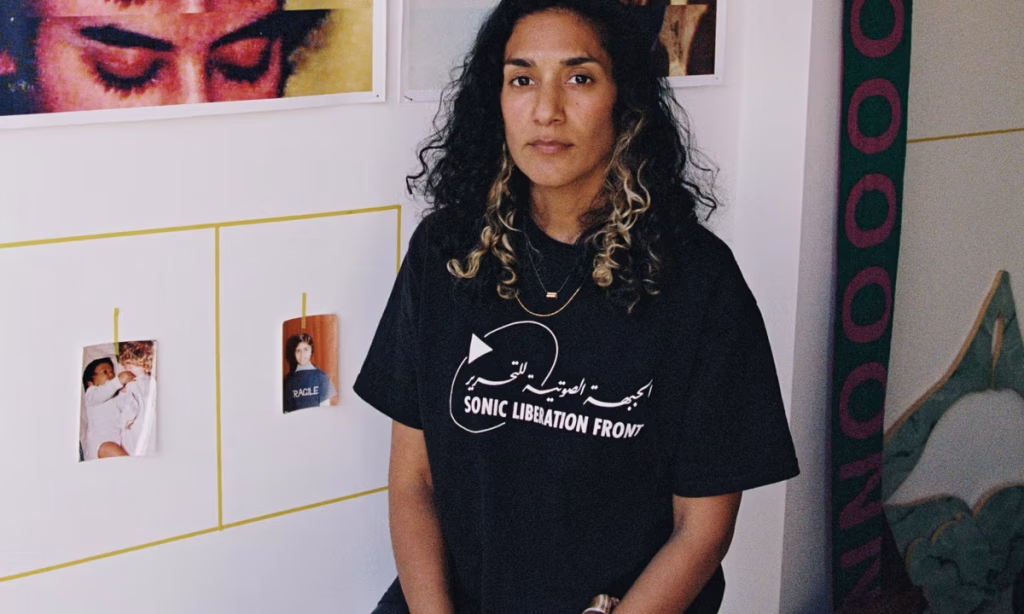Turner prize winner Jasleen Kaur has announced plans to unveil an ambitious new sculpture in the town of Thamesmead in south east London next month (28 November). The work Was.Is.Will.Be, Kaur’s first permanent public art piece, will be sited at Southmere Lake in Cygnet Square.
Kaur’s piece is funded by the non-profit housing association Peabody, which is responsible for redeveloping and regenerating Thamesmead. Five residents of Thamesmead—including the filmmaker Comfort Adeneye and the painter Gonzalo Fuentes—form part of a new creative studio which helped select the work. Other project partners include the creative agency Studio Danmole, the public art consultancy known as Company, Place and the youth culture specialist Joseph Gray.
Writing on the Thamesmead website Kaur says: “I love that they, as residents and artists in their own right, have a stake or claim to a public artwork being planned for their area as it goes through an immense period of change.”
A project statement adds that Kaur’s works comprises “fragments of local conversation permanently embedded into the landscape, leading the eye to the words ‘horses are here’ written high in the sky”.
Other works commissioned for Thamesmead as part of Peabody’s cultural strategy include Bob and Roberta Smith’s Thamesmead Codex (2021), a work made of 24 placards detailing conversations by local residents. The artist duo Ackroyd & Harvey will also plant a circle of seven oak trees later this year at Crossway Park in Thamesmead as part of a project inspired by Joseph Beuys’s key work 7000 Oaks – City Forestation Instead of City Administration (1982-87).
Thamesmead was once known as “the town of the future”. Built in the 1960s on reclaimed marshland, the large-scale housing project was meant to alleviate London’s housing shortage. Blocks of low-rise housing in the Brutalist style sprung up, providing the backdrop for Stanley Kubrick’s notorious 1971 film A Clockwork Orange.
Kaur’s upbringing as a Sikh in Glasgow, where her family ran hardware and cash and carry stores, forms the bedrock of her art. Her striking installation of a red Ford Escort draped with an enormous cotton doily, blasting out a mash-up of pop, hip-hop and qawwali devotional music from its sound system, was shown in the Turner Prize exhibition at Tate Britain last year. She called for a ceasefire in Gaza at the prize ceremony, voicing her support for demonstrators who had gathered outside the institution.
